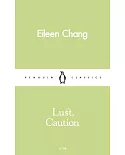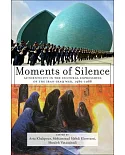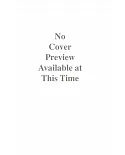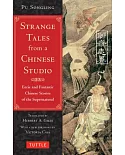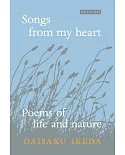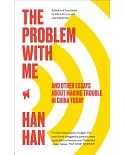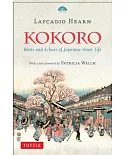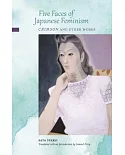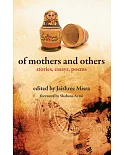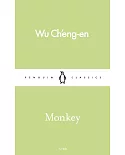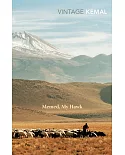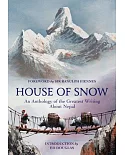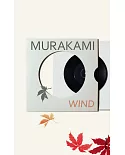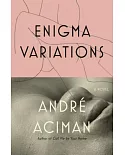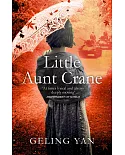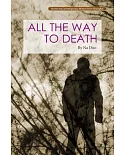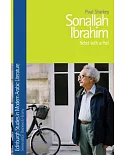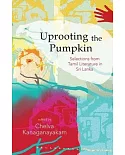One of the famous canal cities of the world and a former center of culture, trade, transportation, and fashion, the old town of Yangzhou evokes romantic bridges, beautiful courtesans, fine
gardens, and eccentric painters. It is also remembered as a war-torn ruin after the Qing conquest and the Taiping Rebellion, and as a city in decline as trade shifted to seaports and
railways. Yangzhou, A Place in Literature, the first anthology to center on a Chinese city and its local region, offers a wealth of literary, semi-literary, and oral texts representing
social life over three hundred years of dramatic change between the seventeenth and twentieth centuries.
The selections in this volume represent a wide range of literary forms and styles, both elite and popular, with subjects ranging from literature, history, theater, and art to the history of
architecture and gardening, and of material culture at large. Readers will come across rarely found details of everyday life, the sights, smells, and sounds of the lanes and teahouses, a
world of taverns, pilgrimages, communal baths, fish markets, salt merchants, acting troupes, and food in one of the wealthiest cities of imperial China. Each text has an introductory essay
and rich textual notes by an expert in the relevant field. The general introduction provides an in-depth discussion of the roles of the local in historical, cultural, literary, and linguistic
terms, as mirrored by the wide range of translated sources collected in this volume. The selected texts are historically and intellectually important in their own right, but the volume
greatly enhances their collective value by combining them, arranging them in historical sequence, and providing a dense network of cross-references that invite comparisons and reveal
contrasts in style, form, focus, and topic.
With its compelling accounts of material culture, urban spaces, entertainment, and gender, Yangzhou, A Place in Literature will fascinate scholars and students alike by opening a
window to the rich cultural history of Yangzhou. The volume can serve as a textbook for courses on traditional and modern Chinese literature, popular culture, the city, or social history. It
will be of great interest to scholars of East Asian studies, as well as to those in a variety of comparative fields, such as urban studies, theater studies, and gender studies.


